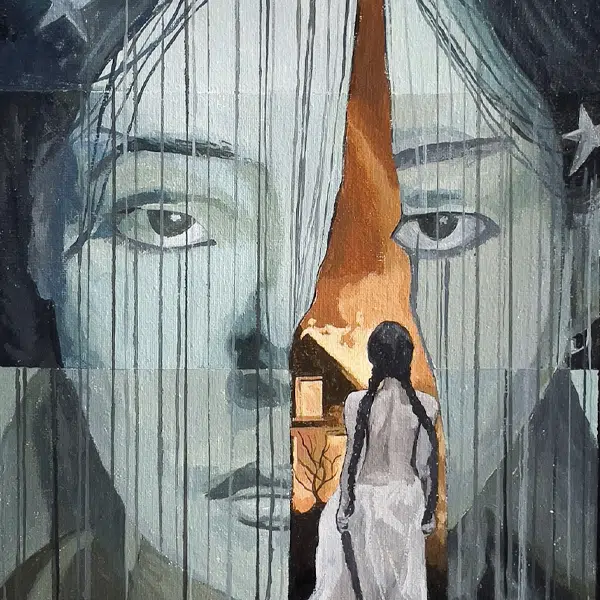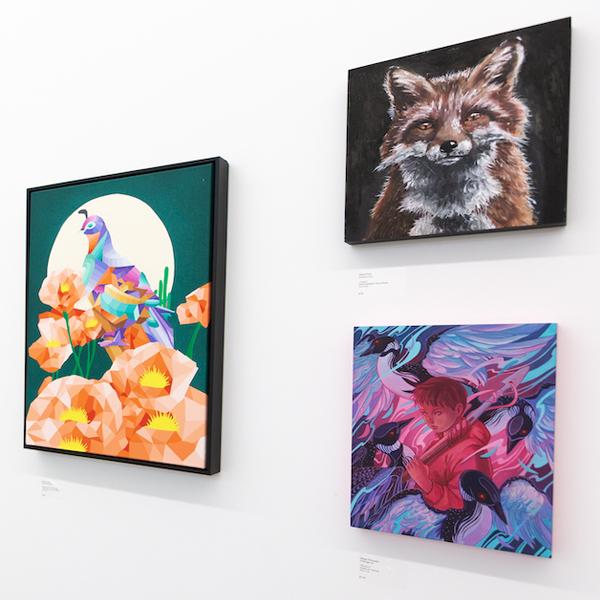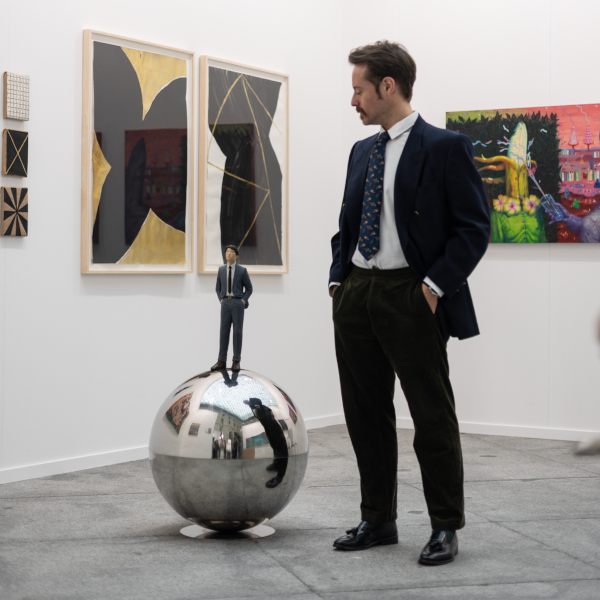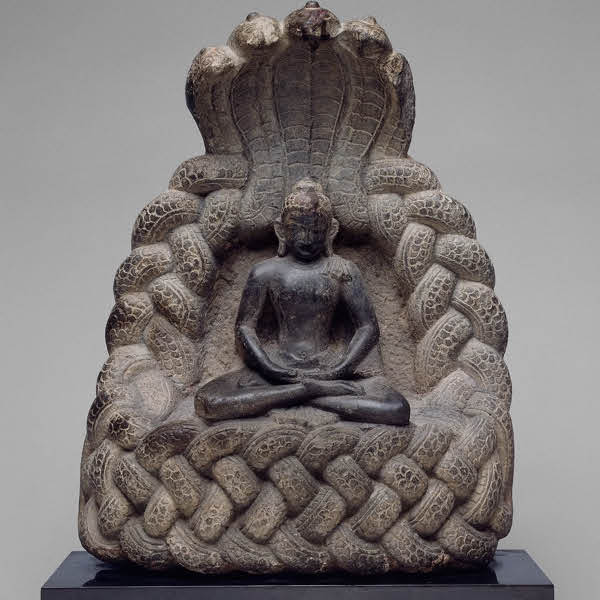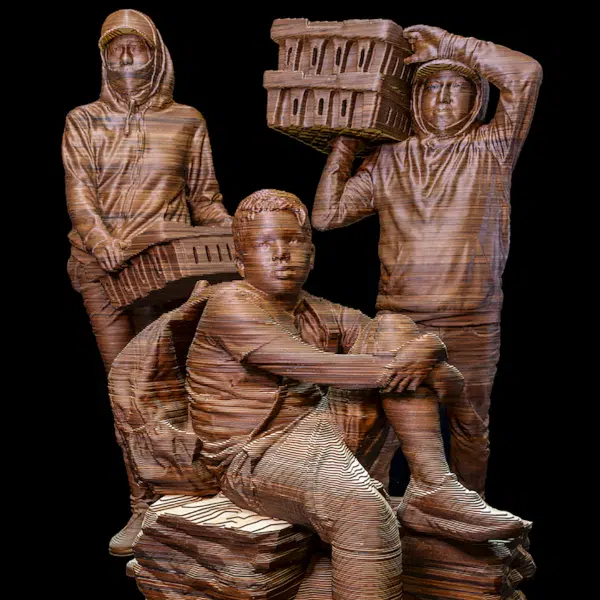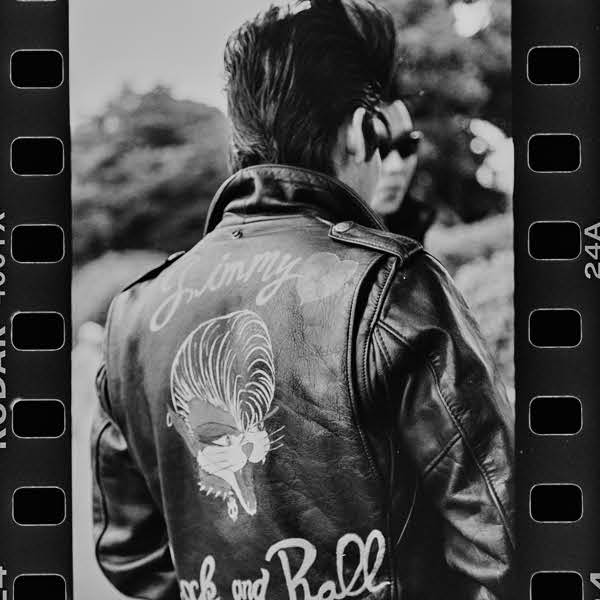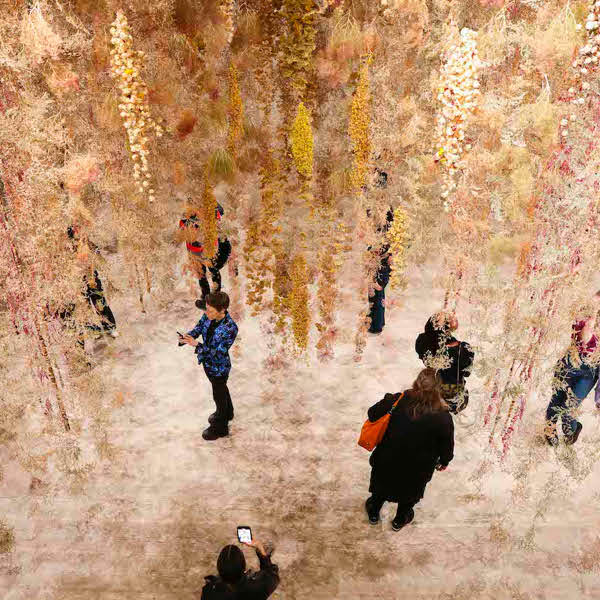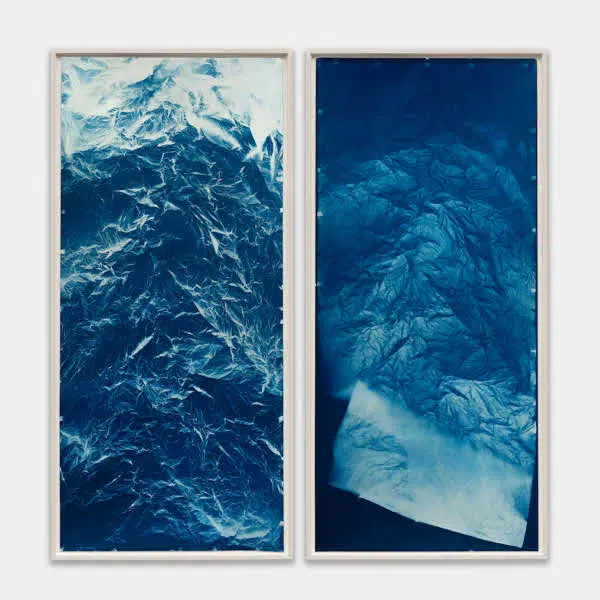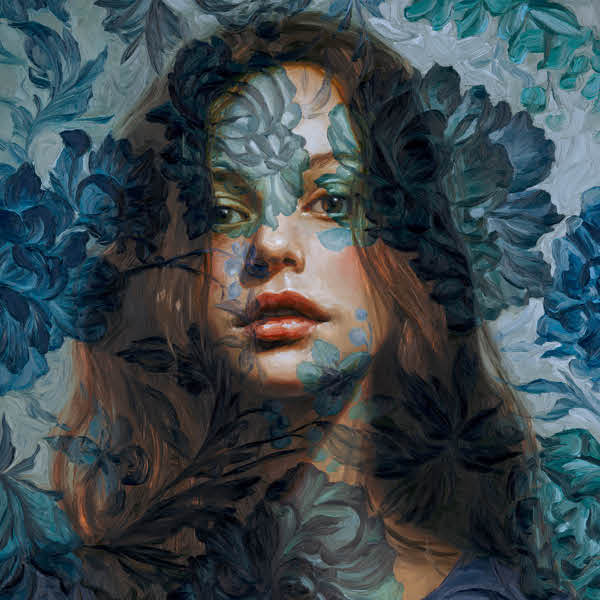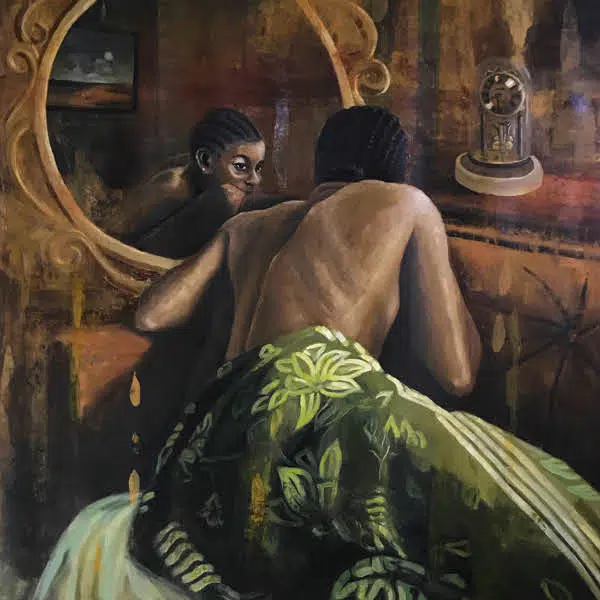Patty Maher is an amazingly talented conceptual photographer based in Caledon, Ontario. Her striking portfolio serves as an exploration into thought-provoking narratives struck between women and the natural world. Focusing primarily on portraiture, her emotional photography typically revolves around faceless models placed in striking environments. Through this theme, Maher's photography retains a sense of anonymity, and the rich stories told through her imagery remain open-ended, allowing individual interpretation by her ever-growing audience.
We have been a fan of Patty's for quite a while and love watching her continue to develop upon her distinct and vibrant artistic style. We caught up with her to ask a few questions regarding the leap she has made into the world of photography and the themes that she chooses to focus on within her poignant pieces. Scroll down to read our exclusive interview.


You only began to pursue photography a few years ago, what was the spark that drove you down this path?
It was about 6 years ago that I first picked up a camera to create and that really came out of a desire to express myself through some kind of visual medium. I quite literally just woke up one day and realized that if this was something I wanted to do then I should really start that day. So I made a list of the different mediums I wanted to try and I started. Collage making was first on the list and I definitely made a rocking collage that any 7-year-old would have been proud of. Photography was second on the list. Needless to say, I never made it to the end of the list…photography just caught me immediately.



Did you feel a sense of intimidation stepping into the art world, or not so much?
That's a really interesting question. For the most part, I try very hard not to be too conscious of the specifics of an ‘art world.' When I was young writing was my passion, and that lead me to pursue two degrees in English Literature which, in no uncertain terms, killed my passion for writing. In the process of pursuing those degrees, I became keenly aware of the ‘literary world' which made me increasingly self-conscious, overly self-critical and ultimately fearful of writing creatively. When I started photography I had very low expectations of what I thought I could or should achieve. I had no background in art and no identity as an artist so I entered it purely for the joy of making images regardless of the outcome and with very little thought about a world larger than that.


Do you approach each photo shoot with a set narrative to be told?
One thing I have found for myself is that the more concrete my narrative is, the less likely I am able to translate that narrative into a photo that I actually like. So while I have story lines I want to translate, I like to leave the narrative open. I like to let it breathe. I usually approach most shoots with a variety of different ideas I think will work, and then I let what might occur to me on site happen as well.
Do you ever find the final results deviating from the initial vision?
I actually find it rare to have a clear and precise vision of something and create it exactly as I saw it in my mind. This does happen occasionally, but more often I find that working with a general idea and allowing for more spontaneous elements to happen inside of that really results in more powerful images.



I can appreciate the varied interpretations that your portraits provide by hiding the subjects' faces. Can you briefly explain how you developed that theme (sorry, I realize you have been asked this one many times before).
When I first started taking self-portraits I felt that I ‘should' show my face because that's generally what I saw other people do and I thought that was the ‘right' way to do it. But for me, I seemed to be only able to capture a very limited story line using my own face. The turning point was when I realized that I could use myself as a ‘prop' in the telling of stories. So hiding my face and using wigs or costumes to make the photos look less like me and more like fictional characters was the natural next step. I also found myself doing this with other people as models. I just simply like the anonymity of a photo without a face. Recently though, I've become interested in a new series idea I have which will include faces. My goal is to achieve the same kind of open ended narrative that can be achieved without a face.



Where do you draw inspiration for your image series and creative drive in general?
I really try to draw inspiration from everywhere. I definitely find inspiration in things like art, literature and music – but I also look for inspiration when I wake up on a Monday morning and feel that mental fog rolling in. I resist the notion that only the very high or the very low can be a place to create from. I challenge myself to find inspiration in the everyday moments. It's easy to find inspiration at the top of a mountain, but I figure if you can find inspiration in a grocery store then…well, that's a life worth leading – because most of us spend more time in grocery stores then we do at the top of a mountain.



Any advice for photography newbies that you would like to share?
Shoot what you love and a ‘style' will find you, you don't have to go looking for it. Learn from whatever technical criticism you get and ignore the rest. Give yourself time to improve and keep trying, it will be worth it. Invest in a good tripod, don't drop your camera in the mud, google how to pronounce ‘bokeh' so you don't look like a dweeb at the camera store, and if you aren't having fun you aren't doing it right.



Patty Maher: Website | Facebook | 500px | Flickr
My Modern Met granted permission to use photos by Patty Maher.












































































